Animation: effect of gravitational waves on test masses (2D)

Album: Videos – Science
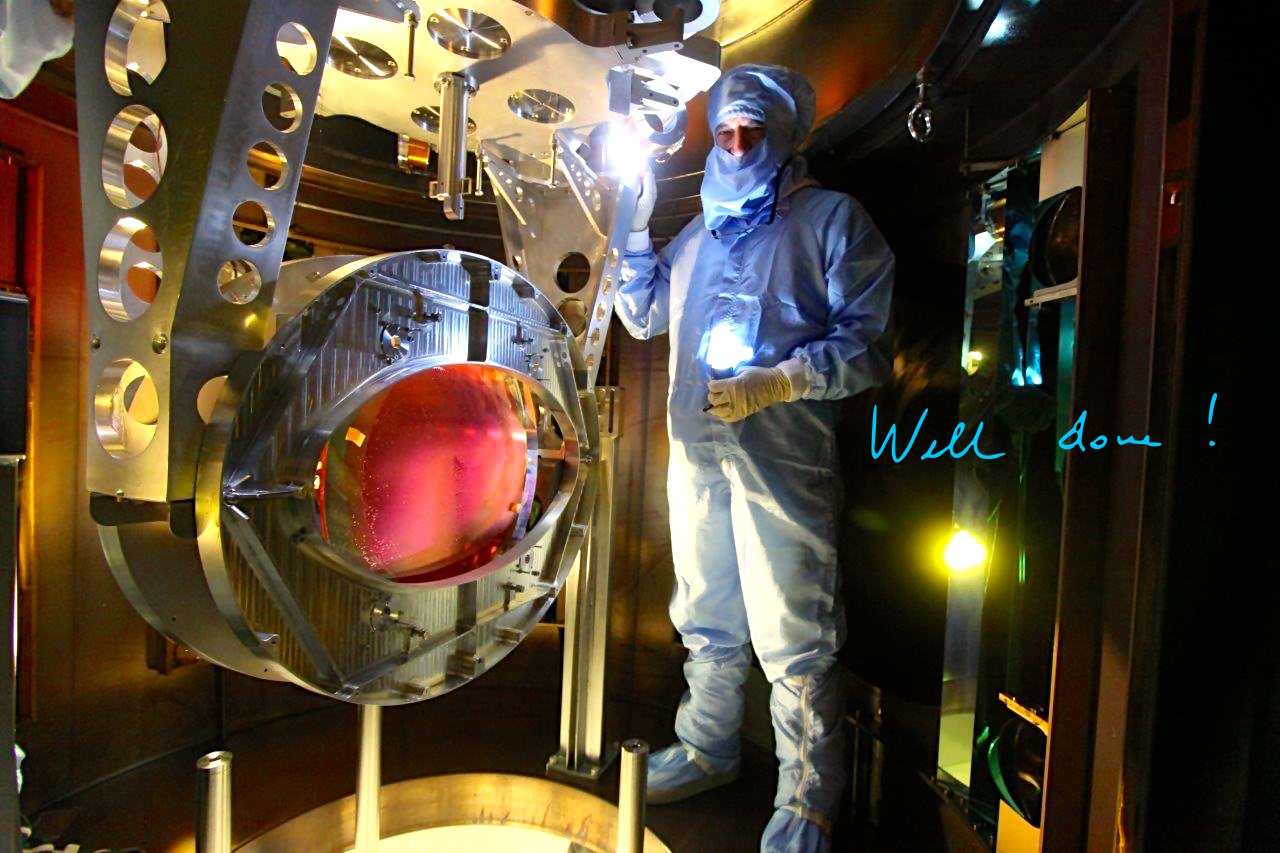
The Advanced Virgo beam-splitter mirror an its payload have been inserted inside the vacuum tank and suspended to its suspension in December 2014.
In this picture, the mirror was still protected with a thin layer of polymer (seen in pink) to protect its surface.
Credits: Virgo Collaboration
Album: Instruments – Payloads/Suspensions/Mirrors
Categories: Abstract
Tags:
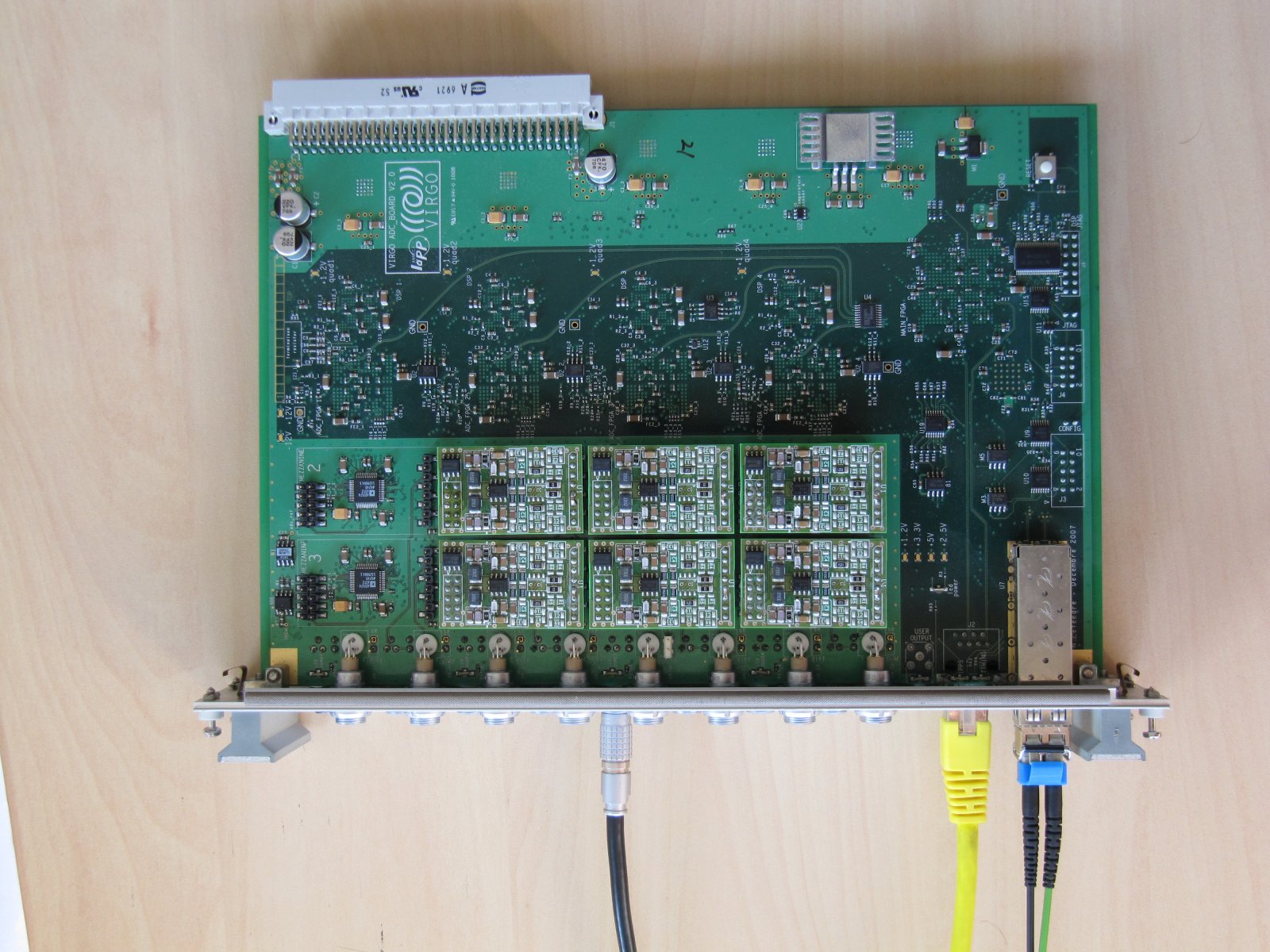
This custom electronic board is able to digitize 16 voltage signals measured by the Virgo detector at sampling frequencies of few tens of kilohertz in general. The ~35 boards used in Advanced Virgo are all synchronized on the GPS time within 50 ns.
Credits: Virgo Collaboration/LAPP
Album: Instruments – Computing/Electronics
Categories: Abstract
Tags:
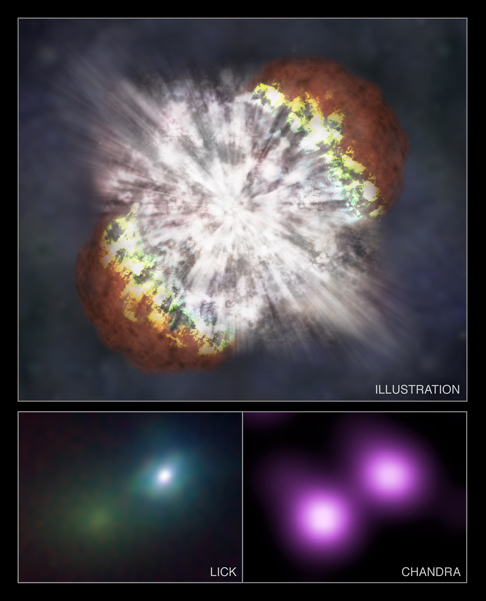
NASA’s Chandra X-ray Observatory and ground-based optical telescopes have located the supernova SN 2006gy in 2006.
The top panel of the image is an artist’s impression of a supernova.
The bottom left panel is an optical observation and the bottom right panel is an X-ray observation. In these two panels, the supernova is the bright spot on top-right of the image. The nucleus of the galaxy where the supernova happened is the bottom spot.
Credit: Illustration: NASA/CXC/M.Weiss; X-ray: NASA/CXC/UC Berkeley/N.Smith et al.; IR: Lick/UC Berkeley/J.Bloom & C.Hansen
Album: Science – Astrophysical Sources
Categories: Abstract
Tags:
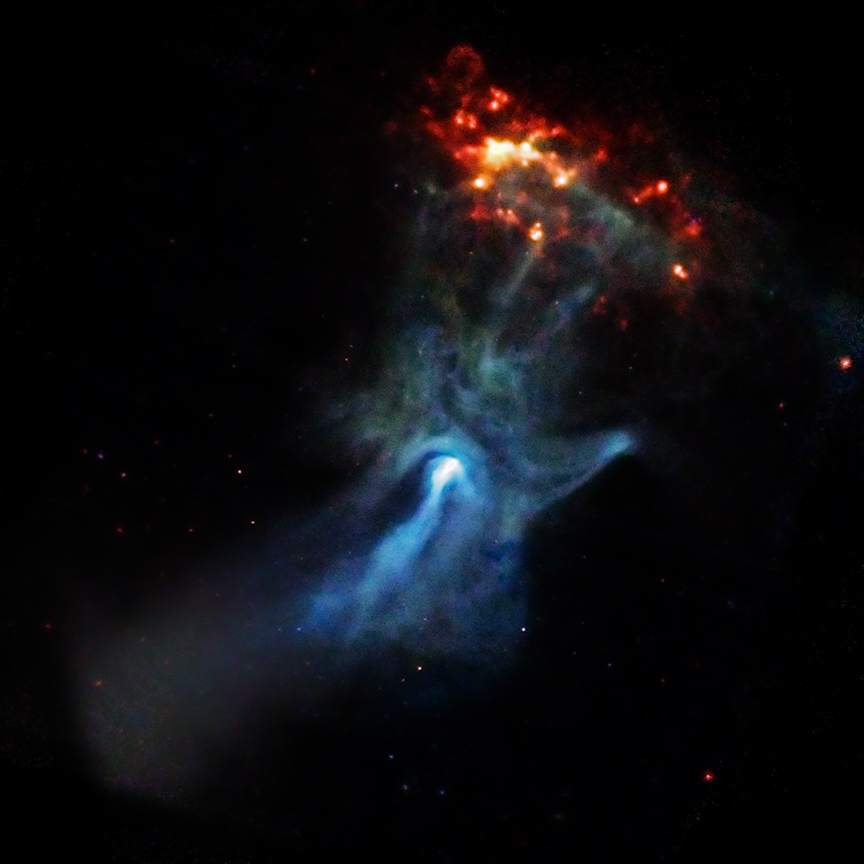
Advanced Virgo will search for gravitational waves coming from known pulsars (neutron stars from which we receive periodic light flashes).
A pulsar is observed at the center of the image: it is a small, dense object only 20 km in diameter. It is responsible for this beautiful X-ray nebula that spans 150 light years.
Credits: NASA/CXC/SAO/P.Slane, et al.
Album: Science – Astrophysical Sources
Categories: Abstract
Tags:

The two stars are orbiting each other and progressing (from left to right) to merger with resulting gravitational waves.
Credits: NASA/CXC/GSFC/T.Strohmayer
Album: Science – Astrophysical Sources
Categories: Abstract
Tags:
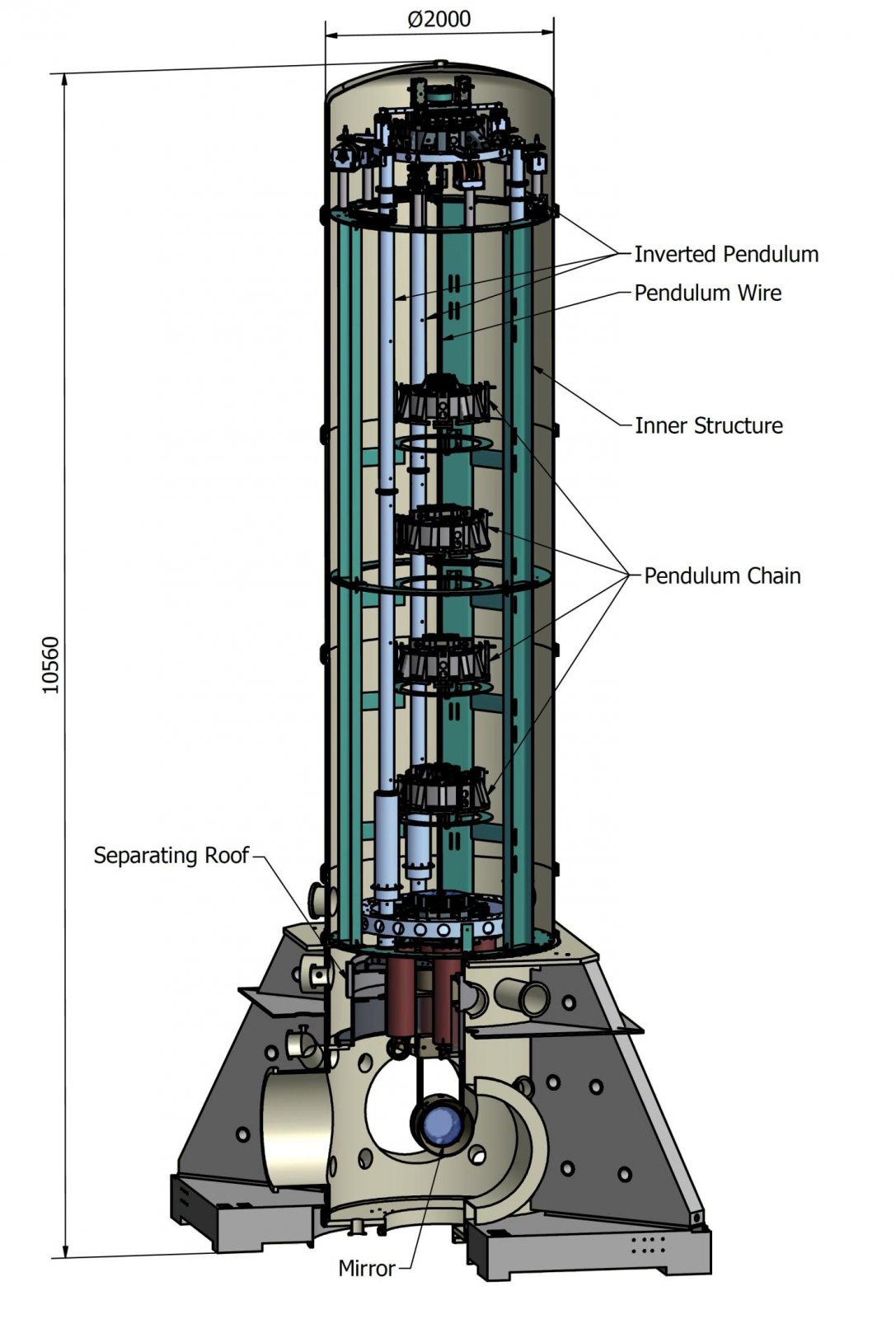
The Virgo suspension is about 8 meter high and is placed in a vacuum tank. It is composed of a series of pendulum that reduce the horizontal seismic vibrations that reach the mirrors. Horizontal vibration dampers are also visible. The last suspended element is a mirror payload.
Credits: Virgo Collaboration
Album: Instruments – Payloads/Suspensions/Mirrors
Categories: Abstract
Tags:

Picture of the building around a 3 kilometer long tube of an arm of the Virgo interferometer. The building where is located the suspended mirror at the end of the arm is seen on the left.
Credit: Virgo Collaboration
Album: Observatory
Categories: Abstract
Tags:
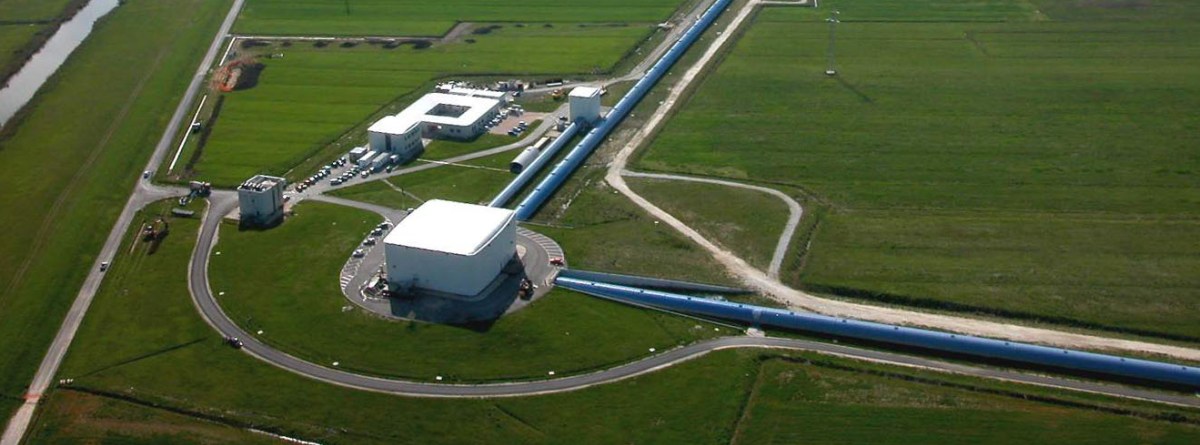
The main building is visible, as well as the start of the two 3 kilometer long arm tubes.
Credit: Virgo Collaboration
Album: Observatory
Categories: Abstract
Tags: